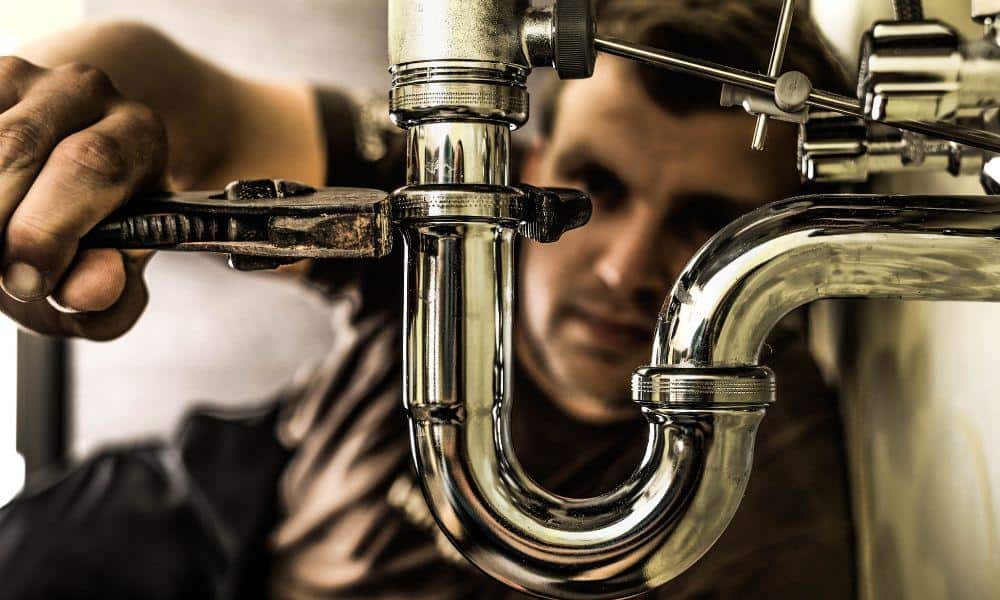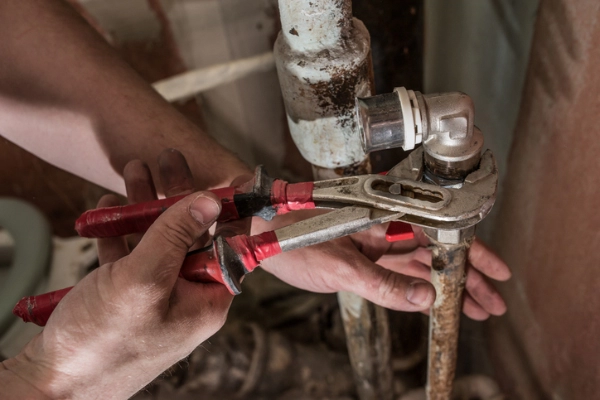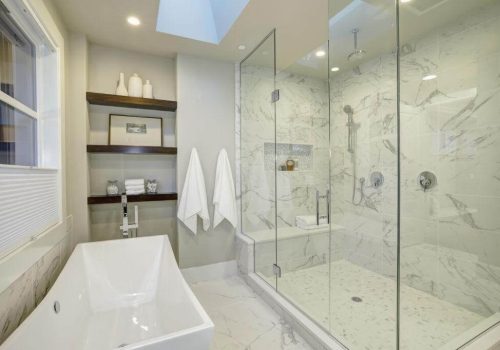Restoring the Past: How to Bring Historical Plumbing Back to Life

When embarking on the journey of restoring historical plumbing, you’re not just addressing a functional issue—you’re preserving a piece of history. Plumbing systems in older buildings often carry stories of bygone eras, reflecting craftsmanship, design preferences, and engineering marvels of the past. However, restoring such systems comes with unique challenges and rewards. In this article, we’ll explore everything you need to know to breathe new life into historical plumbing while maintaining its authenticity.
The Importance of Restoring Historical Plumbing
Historical plumbing is more than pipes and fixtures; it’s a testament to the engineering ingenuity of previous generations. Restoring these systems serves multiple purposes:
- Cultural Preservation: Maintaining the original plumbing safeguards the architectural integrity and cultural heritage of historic buildings.
- Sustainability: Reusing existing materials reduces waste and aligns with eco-friendly principles.
- Craftsmanship Appreciation: Antique fixtures and designs reflect a level of artistry that’s rarely seen in modern systems.
Assessing the Condition of Historical Plumbing
Before diving into restoration, it’s critical to evaluate the current state of the plumbing system. A thorough inspection lays the groundwork for successful restoration.
Conducting a Comprehensive Inspection
- Visual Examination: Inspect pipes, fixtures, and drains for visible signs of corrosion, leaks, or cracks.
- Advanced Diagnostics: Use tools like video scopes to check hidden sections of the plumbing system.
- Material Identification: Determine the type of materials used, such as lead, galvanized steel, brass, or terracotta.
Identifying Salvageable Components
Not all parts of a historical plumbing system can or should be replaced. Distinguish between components that can be repaired (e.g., antique faucets) and those that must be modernized due to safety concerns (e.g., lead pipes).
Mapping the Original Layout
Create a detailed map of the plumbing network to understand how water flows through the system and where potential bottlenecks or issues may arise.
Researching Historical Plumbing Techniques

Understanding the Original System
Plumbing systems have evolved significantly over time. Research the era during which the building was constructed to understand the common techniques and materials used.
Utilizing Historical Resources
- Blueprints: Access old building plans to understand the original layout.
- Archives and Experts: Consult with historians or plumbing specialists familiar with historical systems.
- Case Studies: Learn from successful restorations to understand potential pitfalls and solutions.
Restoring Key Plumbing Features
Pipes and Water Supply Systems
- Restoration Options: Clean and recondition pipes when possible. Replace deteriorated sections with materials that mimic the original appearance.
- Addressing Lead Pipes: Safely remove and replace lead pipes to comply with modern safety standards.
- Water Pressure Considerations: Adapt older systems to handle modern water pressure without compromising their integrity.
Fixtures and Faucets
- Cleaning and Polishing: Remove years of grime and tarnish using appropriate cleaning agents.
- Repair and Replacement: Replace internal components while retaining the original appearance.
- Re-plating: Restore metal fixtures by re-plating them with nickel or chrome to enhance durability.
Drains and Sewage Systems
- Clearing Blockages: Use modern tools like hydro-jetting to clear old clay or cast iron pipes.
- Repairing Damage: Seal cracks and leaks in historical drainage systems.
- Modern Additions: Integrate unobtrusive modern components like backflow preventers for enhanced functionality.
Ornamental Features
- Preservation Techniques: Protect intricate carvings and designs on sinks, tubs, and other fixtures.
- Re-glazing: Restore the original shine and color of porcelain surfaces.
Modern Challenges in Historical Plumbing Restoration
Balancing Authenticity with Functionality
- Incorporate modern elements, such as pressure regulators and water filtration systems, without altering the historical aesthetic.
Navigating Building Codes
- Understand local regulations regarding the use of outdated materials.
- Secure permits for work on heritage buildings.
Managing Costs
- Prioritize essential repairs to fit within budget constraints.
- Source affordable yet authentic materials from salvage yards or specialty suppliers.
Tools, Techniques, and Resources for Restoration
Specialized Tools
- Use delicate tools for handling antique fixtures.
- Leverage modern diagnostic equipment for leak detection and pipe assessment.
DIY vs. Professional Help
- DIY: Tasks like cleaning and polishing can often be done by homeowners.
- Professional Assistance: Hire specialists for technical tasks like pipe replacement or structural repairs.
Sourcing Authentic Materials
- Find antique parts at salvage yards, estate sales, or online marketplaces.
- Consider custom fabrication for rare or intricate components.
Sustainable Solutions for Historical Plumbing
Eco-Friendly Upgrades
- Install water-saving devices like low-flow adapters in vintage fixtures.
- Use recycled water systems for garden irrigation or non-potable purposes.
Preventative Maintenance
- Schedule regular inspections and cleanings to prolong the life of the system.
- Protect older pipes from damage caused by high water pressure or freezing temperatures.
Renewable Energy Integration
- Combine historical systems with modern renewable energy solutions, such as solar water heaters.
Preserving Historical Plumbing for Future Generations
Education and Advocacy
- Promote awareness of historical plumbing restoration through workshops and community events.
- Train artisans and plumbers in preservation techniques.
Collaboration with Preservation Societies
- Partner with local heritage organizations to fund and support restoration projects.
- Ensure compliance with heritage conservation standards.
Documenting the Process
- Create detailed records of the restoration process, including photos and written descriptions.
- Share your experience through blogs, articles, or community forums to inspire others.
Conclusion
Restoring historical plumbing is more than a technical endeavor; it’s a meaningful act of preserving history while ensuring functionality for modern use. By balancing authenticity, sustainability, and practicality, you can honor the past and create a plumbing system that continues to serve future generations.




